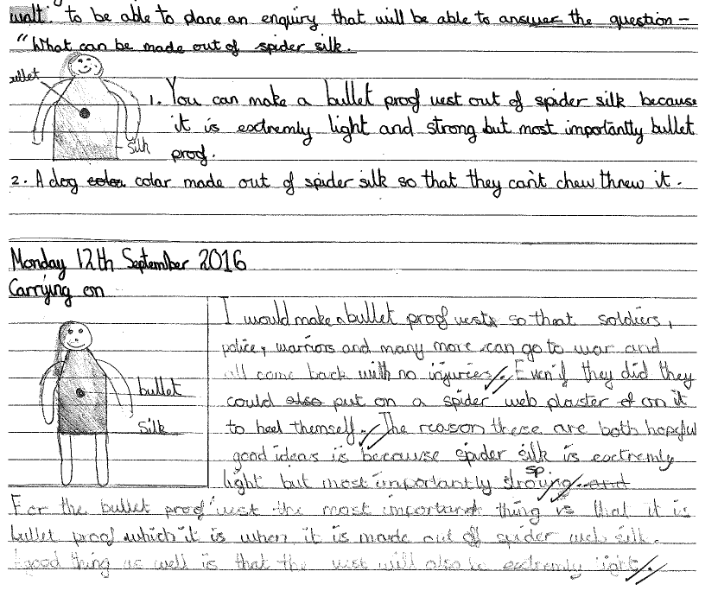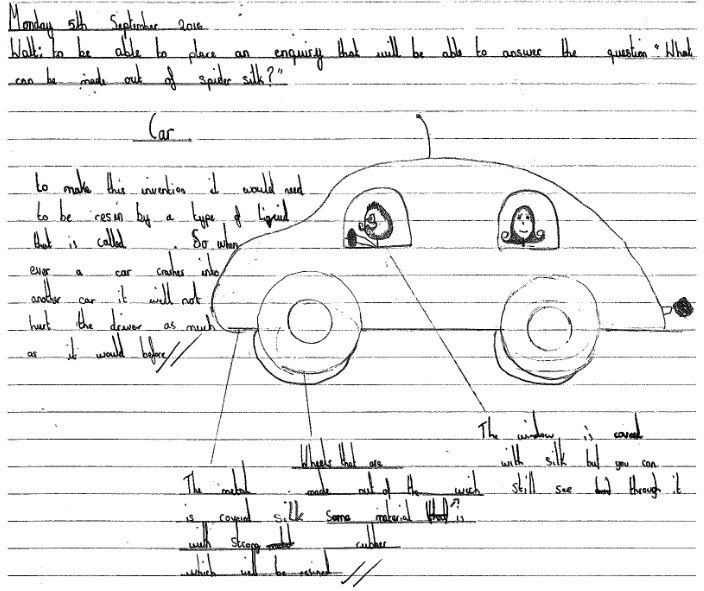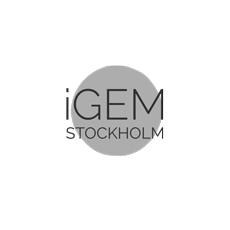Human Practices: Community
Create a platform to connect all sorts of students with their peers in an international setting
At the start of the summer we hosted Nordic iGEM Conference (NiC); a weekend long event held by one of the Nordic iGEM teams in their home country each year. In the spirit of the iGEM Competition NiC is held to connect and share ideas and knowledge with synthetic biology in focus.
This weekend was packed with novel ways to learn and collaborate and we decided to extrapolate the themes of the conference into our Human Practices projects.
Workshops
Everyone attending the NiC conference had the opportunity to participate in two workshops consisting of interactive presentations, case studies and discussions.
How does this fit into our community?
We found the workshop structure to be a great way to engage individuals of multiple different interests in a broad range of subjects and were really inspired to use this scaffold in other ways.
Since the Biomakers community were so keen to develop skills and to be able to have an up and running lab, we thought this was a great way to gradually introduce concepts, skills and discussions. The result was the evolving arm of our iTECH model.
image from NiC workshop please
Speculative design
During NiC, Linnea Våglund and Leo Fidjeland from this years team presented the concept of design within synthetic biology. Attendees had time to get creative with brainstorming activities to exchange ideas within this field.
How does this fit into our community?
Inspiring an interest in the possibilities afforded by biology for the scientists of our future
The bridge between design and biology is ever diminishing and this was a really well- received concept within NiC. We reflected that innovation and creativity are important skills to nurture and invest in so we decided to try and spark interest at a basic level in the concepts we had all seen from a new angle thanks to Linnea and Leo!
There is no better better place to look for 'out-of-the-box' creativity than young children, so as a result, we developed the basis for our primary school education programme. Here the focus was on getting students to think of and design futuristic products which could be made out of spider silk and, considering the material properties of the spider silk, why was it particularly suited to their model.
We reached out to a different school and targeted a class of 9-11 year olds at the beginning of their school year. This project had a totally different pitch to the case studies and workshops we planned, of course it was also a far cry from the realms of our usual work too and this made it all the more challenging to prepare.
What did we do?
We decided to base this project fully on our wet lab work, but at a very basic level. We introduced mainstream concepts in material properties (why we choose which materials for which purpose), before evolving this into another creative exercise. We described how and why spider web was a desirable material to manipulate in various ways (such as for our dressing) but also introduced students to a number of ways other scientists around the world have developed and modified spider silk into fabrics or biological materials, including bullet proofing skin!
We communicated this workshop style learning exercise through an online web resource, as we had also done for the older school students, however this time the time frame was dictated by individual teachers. The final part of the exercise was to design a futuristic use of spider silk and or think of a way another natural material could become useful in society.
We asked for the students’ ideas to be communicated back to us, with the overall endeavour to further develop some of the best concepts and feed our interpretation back to the students. With this aspect we aimed to show how they could be instrumental in shaping our future lifestyles.
The school were delighted to be involved in our project and fitted the project in alongside their focus on ‘aspirations’ and basic science.
Innovation comes in all formats and the resulting ideas from the students were varied to say the least:
Spider silk to be incorporated into an iPhone screen cover or case, a bulletproof 'skin' to line soldiers helmets in combat, and spider silk incorporated into a grapple for rock climbing were among the suggestions see Human Practices iTECH. Two other examples are shown below.


Unsolved ethics
An introduction on ethics in synthetic biology was presented by Marko Ahteensuu, followed by group discussions. In this workshop there was the opportunity to learn about ethical issues that may arise from synthetic biology, acknowledge principles underlying these issues and how they are currently handled in society. They also identified possible ethical issues that may emerge from individual projects, as well as approaches that can be considered to minimize unwanted outcomes.
How does this fit into our community?
As such great discussion was generated from these ethics discussions, we chose to try and integrate the issues which were highlighted as most important into the teaching arm of our iTECH model. The resulting focus for the student case studies was based on the question of 'just because we can, should we?'.
We wrote case studies in three main subject areas: health, environment and design, and for each one decided to include an element of ethical discussion.
For health we asked students about the consequences of unsupervised production and use of hormones, for environment we asked students to consider the impact of new biological solutions to natural conservation problems and how this might disrupt our natural world. Finally, for design, we incorporated questions of both the impact of biological architecture on local ecosystems and also how could bacterial based solutions to every day problems be made acceptable in our society. The results were intriguing! See the Teaching page for details.
image please: ethics workshop NiC
Mini-Jamboree
The Mini-Jamboree was an event in which all Nordic Teams presented their synthetic biology projects during the conference. The criteria for the project presentations was based on the official iGEM criteria and a panel of judges presented this year's winners during the Gasque dinner party. The winning team has the honour of hosting the next annual NiC!
How does this fit into our community?
NiC is a fantastic opportunity for networking, discussing ideas and giving feedback on each other's work. We felt involvement in the organisation and planning of this weekend was a great dress rehearsal for the Boston Jamboree and all the Nordic iGEM teams benefited from the opportunity to receive constructive criticism from peers and also be inspired by different approaches to the competition!
image please: Jamboree NiC


